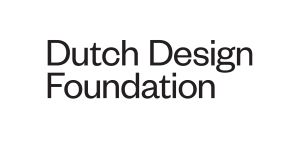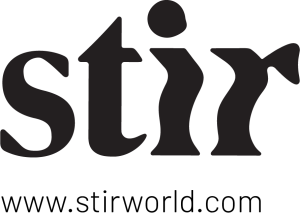Since the establishment of the Food Non Food department within the Design Academy in 2014, we see increasing synergy between food (waste), animal welfare, hospitality, innovation and design during DDW. The establishment of the Future Food Design Awards by Agri Meets Design and Dutch Institute of Food&Design, certainly boosted this trend in 2017. During DDW the international jury, which included food designer Marije Vogelzang, chose Fernando Laposse as the winner of this prize. He won with his project Totomoxtle; sheet material made from waste resulting from maize production by Mexican farmers. Transforming waste into a valuable product has created a new economic model for Mexican farmers.
Photo: Cleo Goossens
Embassy of Food
Marije Vogelzang, alumnus and since 2015 head of the department Food Non Food at the Design Academy Eindhoven, is one of the first Dutch food designers. She focuses on food concepts, taste experiences and gastronomic culture. This year Marije curated the Embassy of Food, part of the World Design Event. DDW’s Embassy of Food provided a platform for solutions for urgent nutritional issues and a glimpse of the future forms of food processing and production. Food waste, upcycling, speculative biomaterials and production methods formed the main themes.
Photo: Liset van der Laan
Upcycling and food waste
The Leek Project by Isaac Monte was a good example of upcycling. In collaboration with the organic horticulturist Jan van Lierop, Isaac developed a new packaging material from the leek waste. Usually only a section of the leek is sold, and the law stipulates that organic vegetables have to be wrapped individually. Isaac created an exclusive packaging material from leek waste that serves to protect the vegetable and as a communication tool. A win-win situation. With this same approach, Doreen Westphal tackled the annual waste flows from 10,000 kilos of oyster mushroom stubs from a local grower. The result is Planti15, an organic vegetarian sausage. The sausage got its name from the more efficient use of agricultural land. A piece of land can produce 15x more vegetable than animal protein in a year.
The future of food
Where Isaac and Doreen found very tangible solutions to current problems, Johanna Schmeer and Chloé Rutzerveld provided a glimpse of the future. The project Bioplastic Fantastic shows us that enzymes and bacteria can transform bio plastic into self-sustaining tools that produce vitamins, fat, proteins and sugars.
Will we all have a vertical farming unit in 2030, so that we can grow our own vegetables, to match our preferences and health requirements? During DDW, Chloé Rutzerveld demonstrated that this question is more realistic than it might first appear. Her project Future Food Formula demonstrated food production 2.0. She provided a spectrum of unusual, surprising and speculative vegetables. All the possible results of artificial controls and external factors, like CO2 and light intensity, that influence the growth of the crop.










